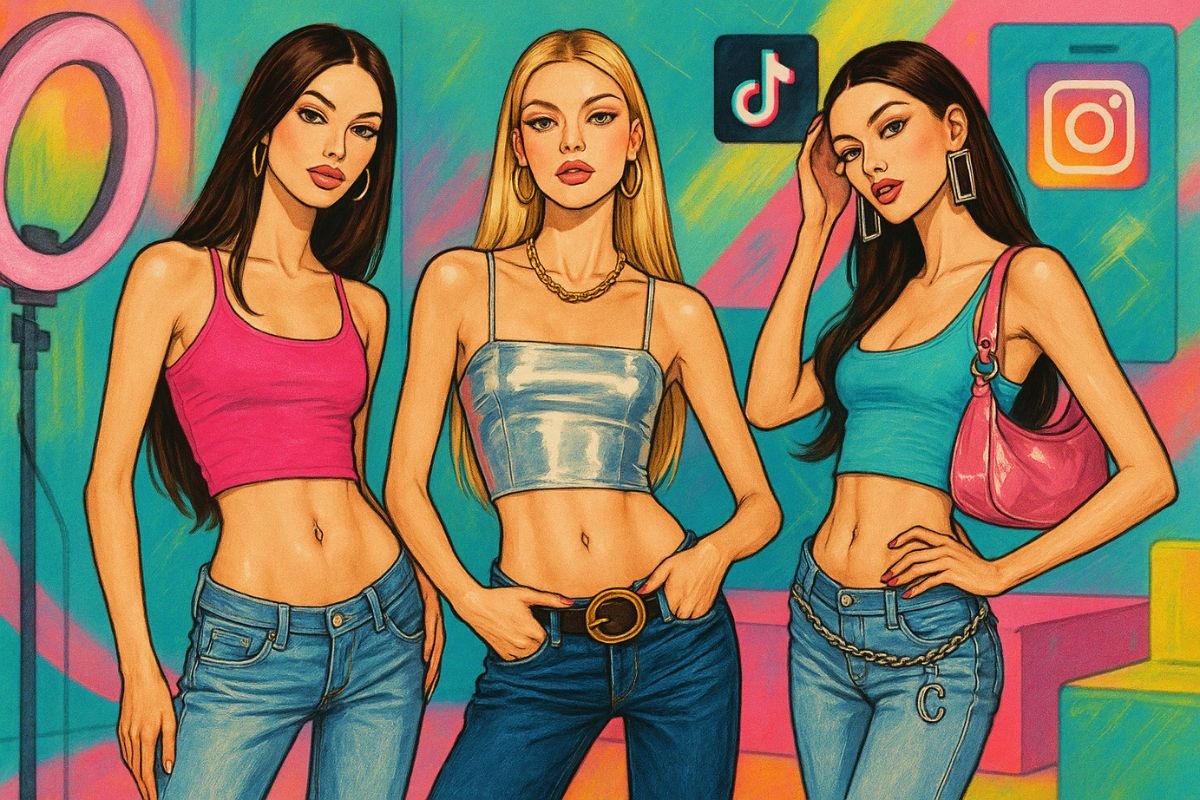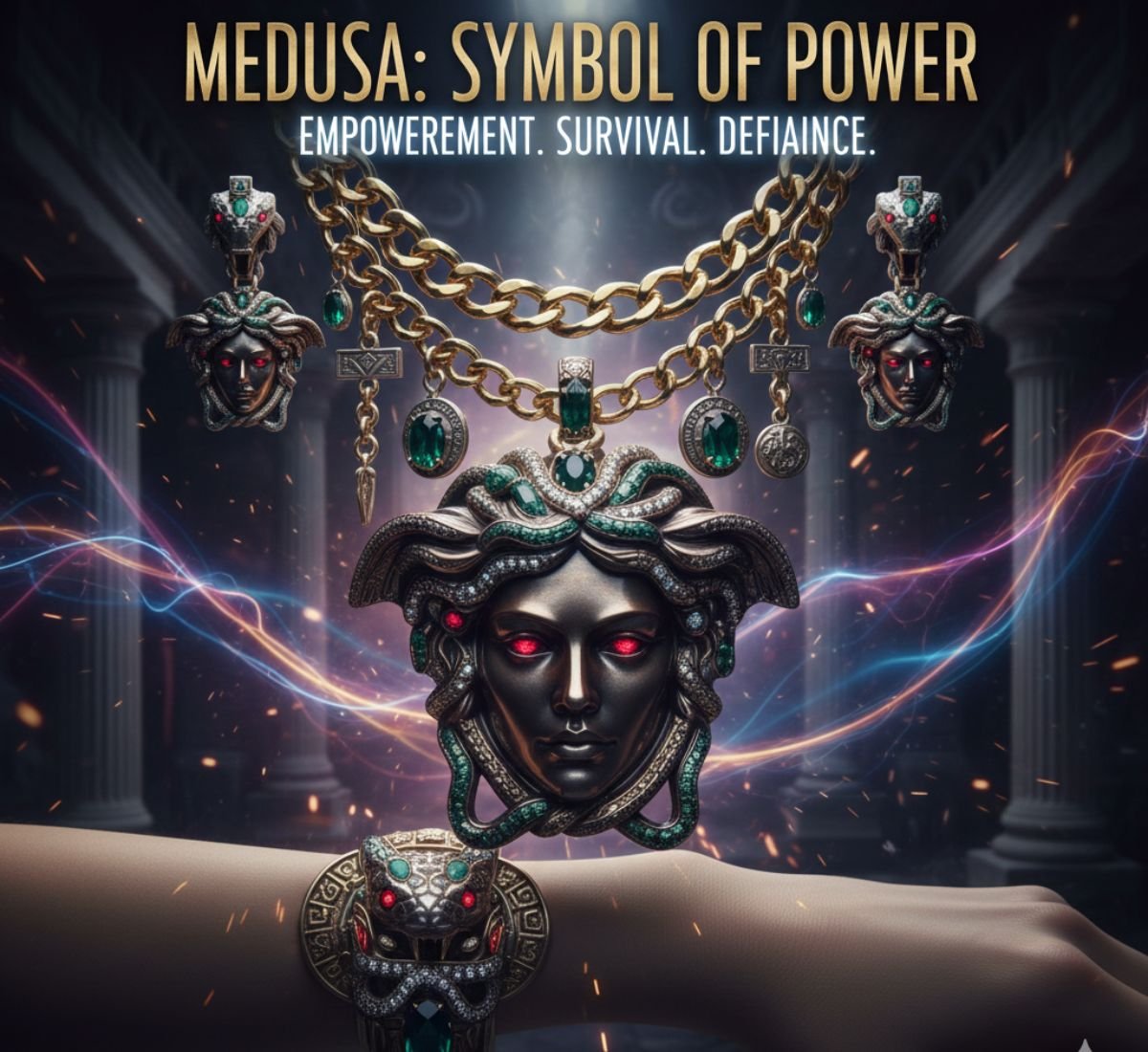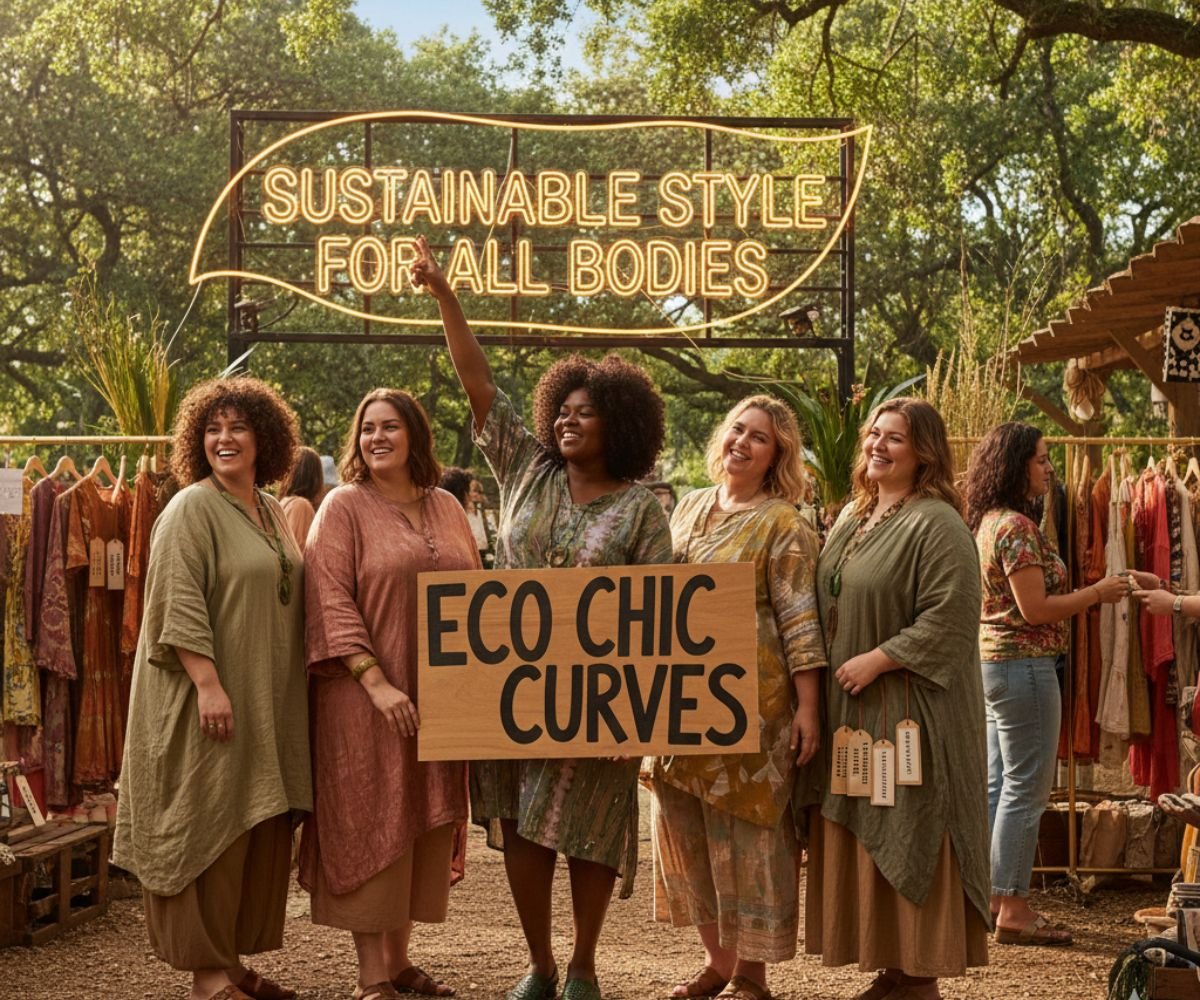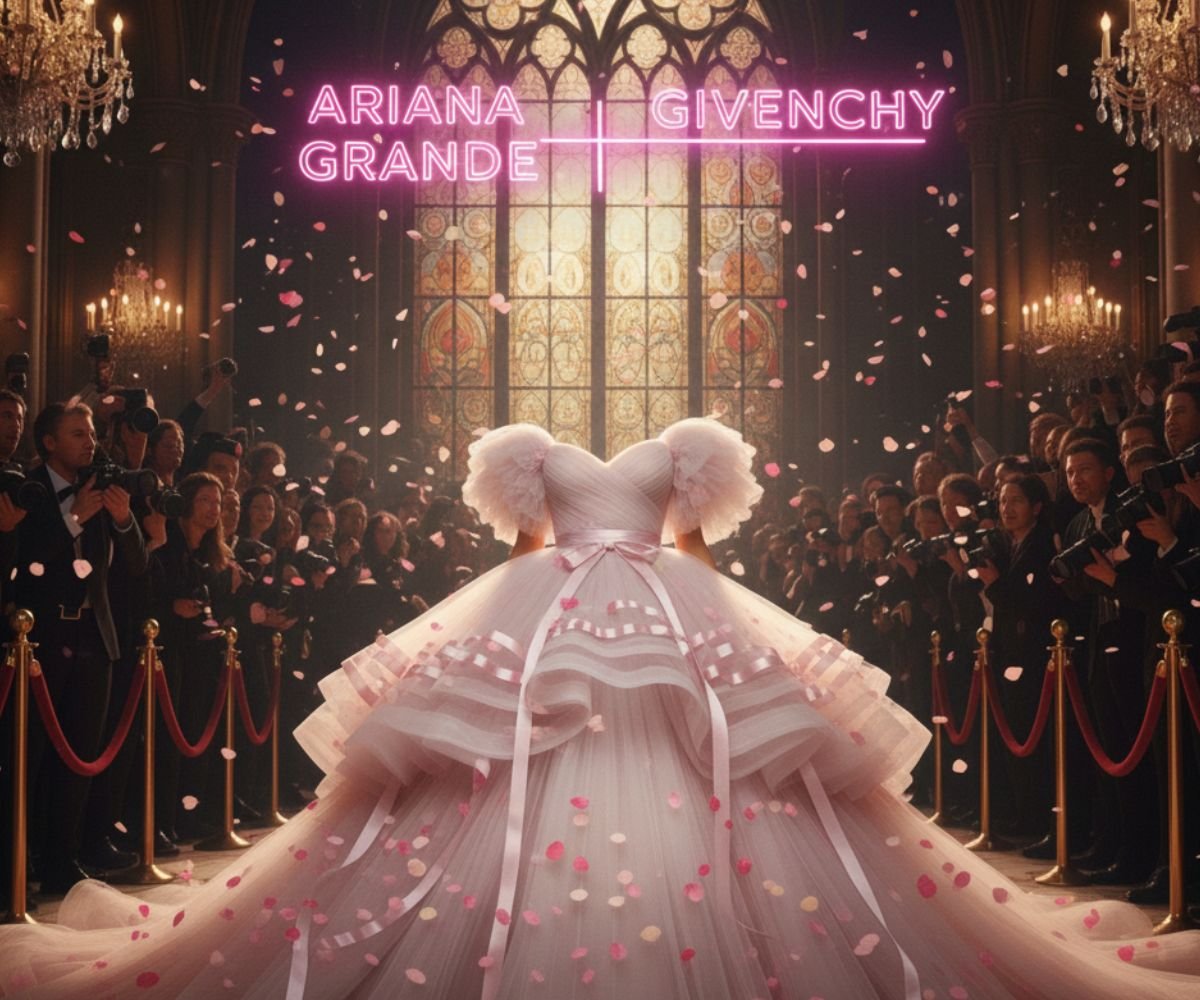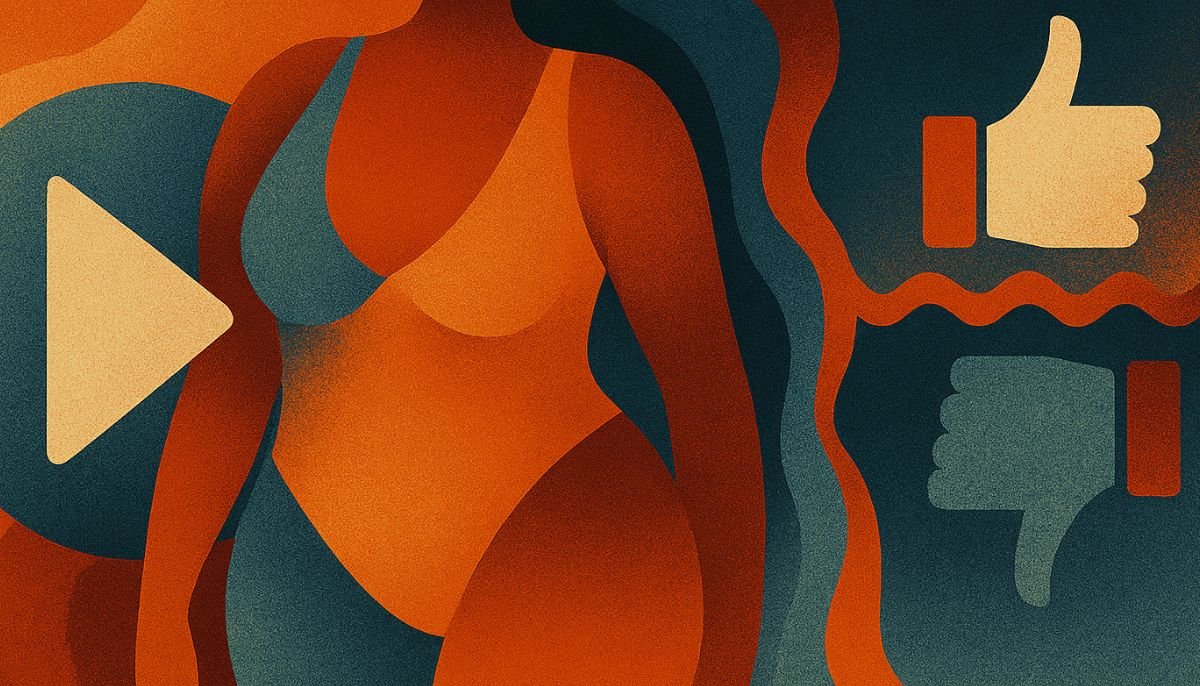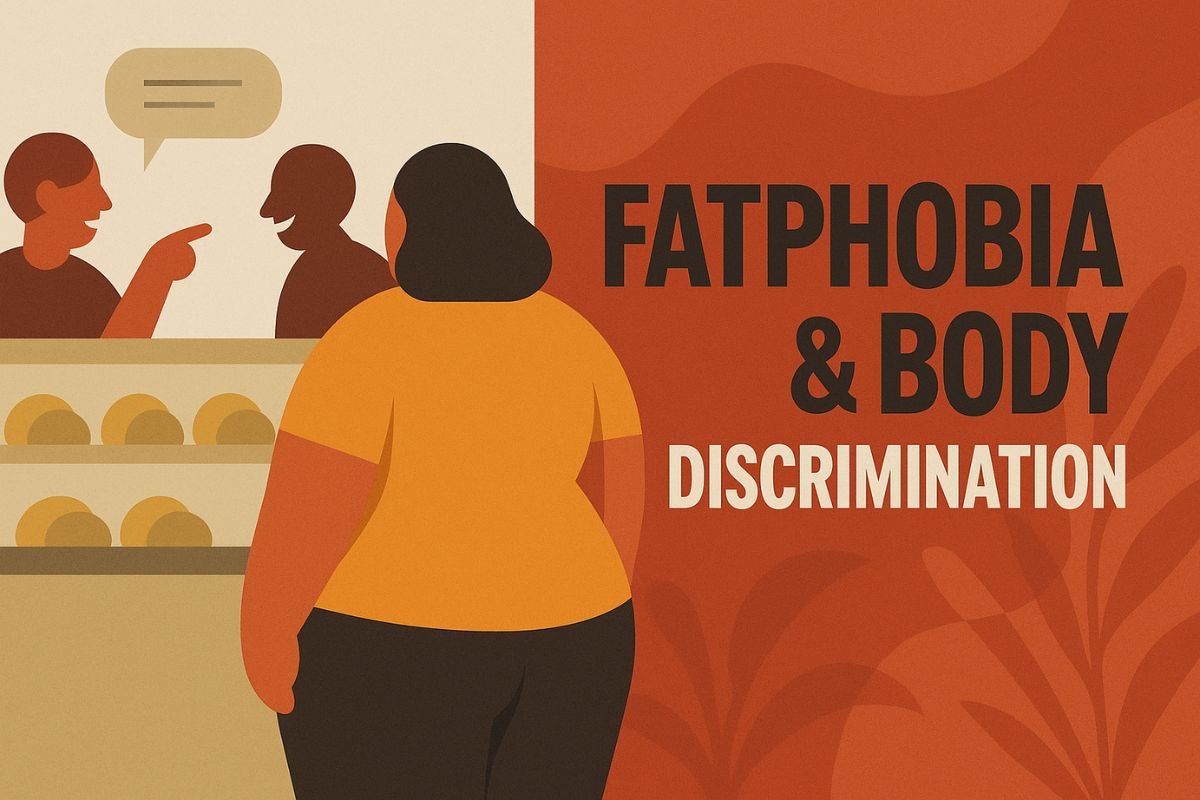Among fashion resurgences, the return of the Y2K skinny trend is perhaps one we didn’t need. In the early 2000s, it was all the rage, glamorous and aspirational and now this look is once again trending on social media. But with it comes a real impact on body image.
Why Has the Y2K Skinny Trend Returned
The early 2000s aesthetic – with its ultra-low-rise denim, crop tops, and ultra-thin bodies feels fresh and in vogue again, propelled by a wave of Gen Z nostalgia. As platforms like TikTok and Instagram promote videos and images showcasing extreme thinness, what may seem like an innocuous throwback trend is actually much more dangerous for those who remember its negative impact the first time around.
View this post on Instagram
Body Image and Dangerous Ideals
The early 2000s weren’t just about fashion moments; they were part of an entire culture where being painfully skinny was celebrated. The obsession with thinness was everywhere.
It wasn’t just glossy magazines and runway shows; it also meant eating disorders, drug use, and hospitalizations. Celebrities like Kate Moss, Paris Hilton, and Lindsay Lohan were praised in tabloids for razor-thin bodies, squeezed into low-rise jeans and tiny tops. Many young women started crash diets in response to relentless media criticism of stars being labeled “fat,” and some even engaged in extreme, harmful behaviors in pursuit of that look.
Social Media and the New Thin Ideal
Exposure was far more limited in the 2000s, mostly confined to magazines and TV. Today’s teens, however, live in an always-on visual feed, 24/7. TikTok and Instagram algorithms relentlessly serve up content glorifying the new Y2K skinny craze, making these idealized versions of bodies unavoidable.
What’s happening now is that technology normalizes these images, repeatedly showing young, impressionable audiences that extreme thinness is desirable at any cost.
Diets to Ozempic – Shifting Tools, Same Ideal
While our methods have changed, the goal remains. In the early 2000s, people turned to crash diets or even drugs to get skinny. Now, weight loss is often achieved through medical injections like Ozempic. The tools may have evolved, but they’re still aimed at achieving the same unattainable beauty ideal: a body so thin it’s unrealistic for most.
Challenging Beauty Ideals
Even with the rise of body-positive movements, eating disorder rates continue to climb. Research shows hospitalizations for eating disorders rose over 18% between 1999 and 2006, and despite greater awareness, prevalence still increased by 4.3% from 2000 to 2018.
This is a stark reminder of the real dangers that can accompany the relentless pursuit of thinness. People have starved themselves, taken drugs, and ended up in hospitals, all in the name of fitting into this damaging standard.
Rethinking Y2K Skinny
The resurgence of the Y2K skinny craze isn’t just a second chance for low-rise jeans—it’s a cautionary tale. As the fashion industry and social media influencers lean back into old ideals, it’s critical to keep advocating for real inclusion, healthier beauty norms, and open conversations about body image.
Embrace beauty that celebrates all bodies. Explore our self-care and beauty collections that empower you to love your unique self, inside and out.


